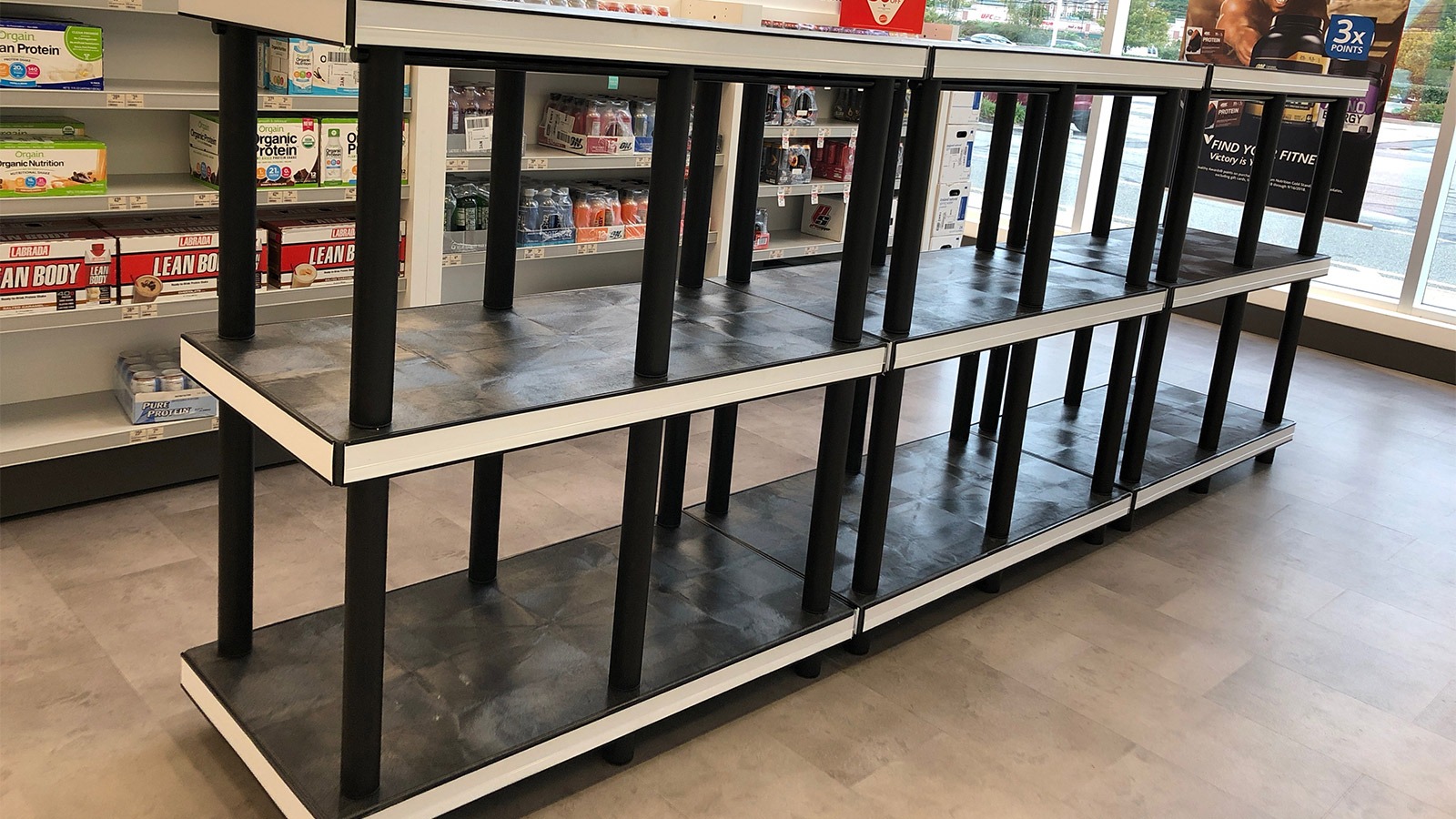Two Digital Retail Trends Which Threaten To Depersonalize Shopping
Retail must adjust to innovation to ensure short-term competitiveness and long-term viability. Companies adapting to technological change have reaped the benefits, becoming winners in an increasingly competitive market. Businesses which implement technology profitably minimize challenges that arise through these new systems. Online self-checkout and the new buyer’s journey represent a pair of digital trends which threaten to depersonalize the shopping experience.
Online Self-Checkout For Brick and Mortar Retail
Amazon has been disrupting retail for more than two decades, and their latest innovation allows customers to forego checkout entirely when purchasing groceries from a brick and mortar store. Often, the line to purchase items proves to be one of the less pleasant experiences for shoppers, which makes Amazon Go an attractive prospect. This helps retailers who lose business due to long checkout lines, which may cause customers to purchase elsewhere.
On the other side of the coin, online self-checkout at brick and mortar locations may also depersonalize the shopping experience if retail doesn’t adjust strategy. Staff should be diverted from checkout duties to spend more time engaging with customers on the floor, working in tandem with other aspects of your digital marketing strategy to produce a superior level of service and engagement.
Retail must adjust to innovation to ensure short-term competitveness and long-term viability. Share on XStrategic implementation of Amazon Go-style tech reduces other drawbacks, including shrinkage and the loss of prime retail space. Mistakes, intentional or otherwise, may be diverted through staff supporting customers through the online checkout procedure. Checkout lines also serve as an impulse-purchase zone, exposing shoppers to last-minute buying opportunities such as batteries, chocolate or fashion accessories. Staff should be ready to upsell and promote items related to a customer’s purchase to capture a portion of the business generated by checkout line buyers.
The New Buyer’s Journey
Over the past couple of decades, retail technology has enabled consumers to perform an increasing amount of their purchasing activities online. Prior to digital innovation, buyers were processed through the sales funnel, which represented a streamlined path for converting leads into sales. This reflected the reduced number of information sources available to customers, with media limited to television, radio, newspapers, magazines and other promotional materials.
The new buyer’s journey is the direct result of tech innovation entering the retail industry. Rather than relying on sale reps, word-of-mouth and old media sources, buyers may choose from numerous digital channels. Rapid searches through dozens of info sources, including YouTube, social media, expert opinions, user reviews and other forms of content, influence the opinions of customers. Compared to old media, customers have access to an unprecedented amount of data to create informed purchasing decisions.
The new buyer's journey is the direct result of tech innovation entering the retail industry. Share on XAs such, buyers often interact with upwards of twenty touchpoints during their conversion from prospect to qualified lead. Forrester research shows that up to 90 percent of the buyer’s journey takes place before direct contact with a vendor, proving the importance of catering to your customer’s preferred method of interaction. Buyers consume an average of 11.4 content articles during the journey from contact to qualified prospect, showing the need to create content across multiple platforms.
Digital campaigns must facilitate genuine human interaction between buyers and sellers or risk the complete depersonalization of the shopping process. Consistent communication across all platforms ensures that personal contact in brick and mortar stores, over the phone or through online discussion builds rapport instead of creating friction. For the final portion of the buyer’s journey, human contact helps to build trust and certainty, bridging the remaining gap on the path to a converted sale.
Implementing these digital trends doesn’t have to reduce the quality and quantity of human interaction between staff and buyers. Retail should take advantage of these tech innovations to influence customers on their preferred terms, creating an environment which seamlessly blends virtual and physical marketing spaces.





